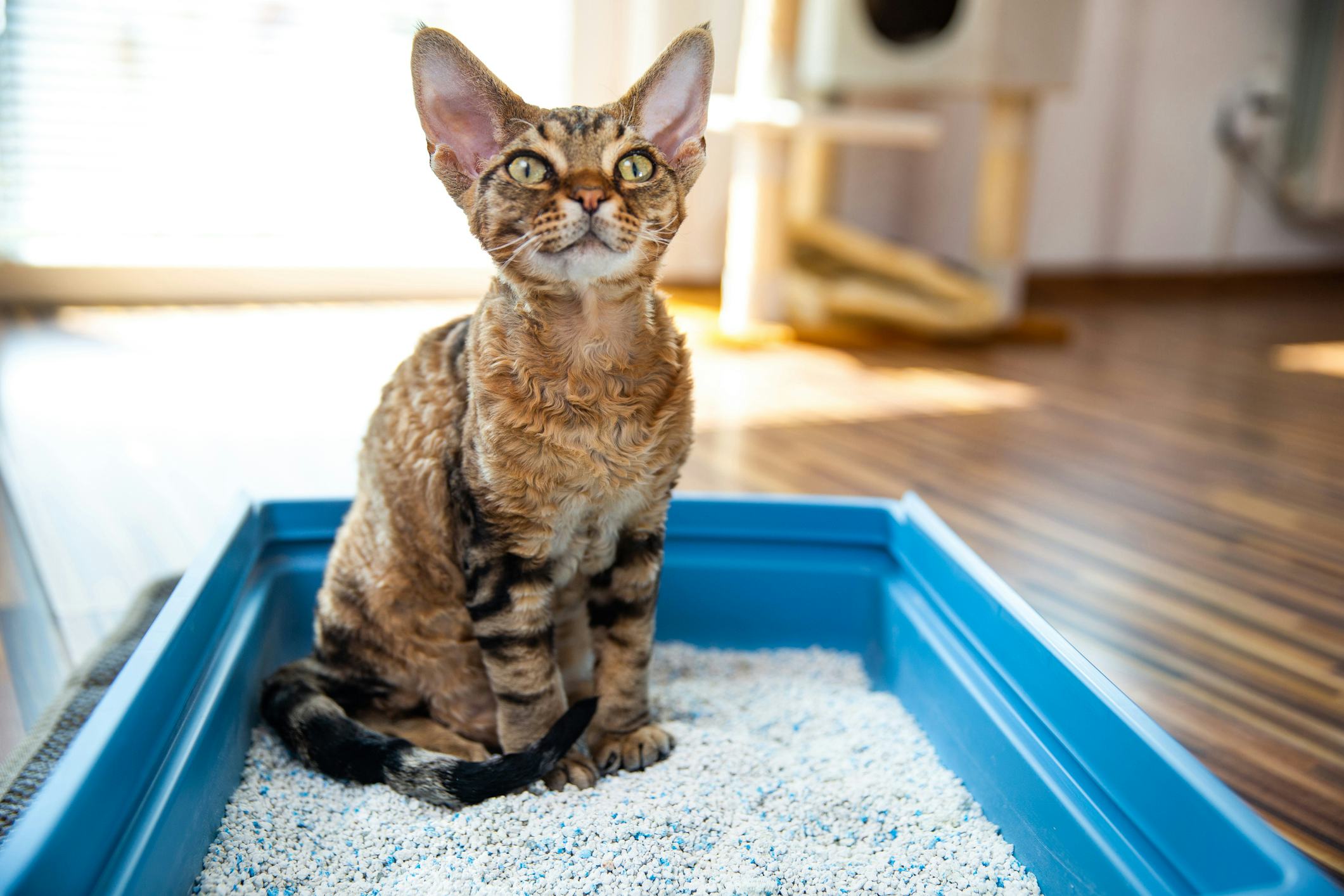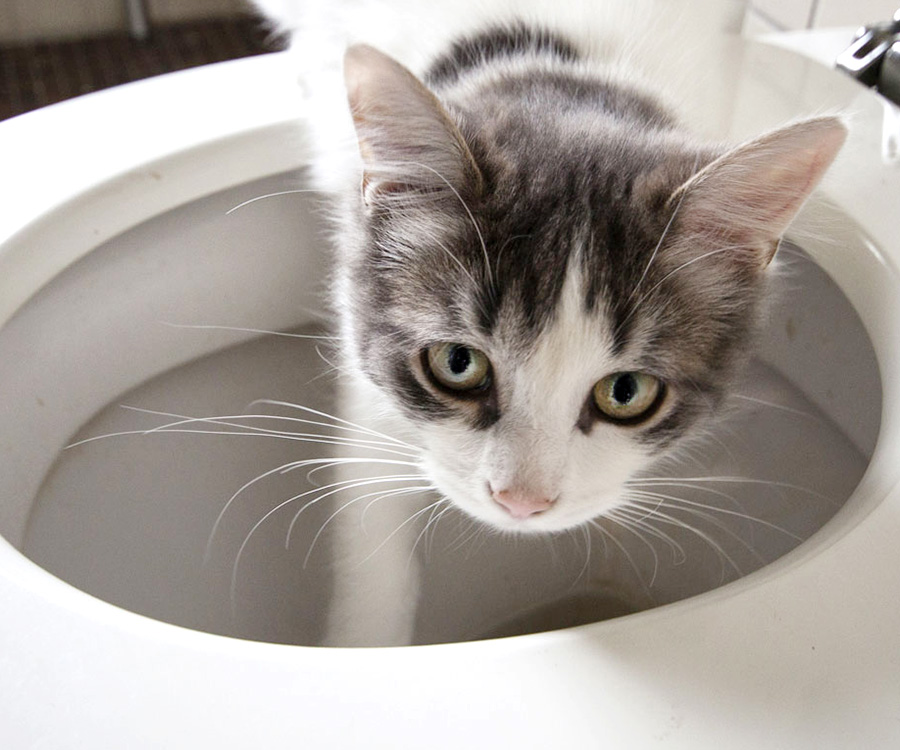Prevent Clogs and Damage: Don't Flush Cat Poop Down Your Toilet - Expert Recommendations
Prevent Clogs and Damage: Don't Flush Cat Poop Down Your Toilet - Expert Recommendations
Blog Article
We have found the article involving Can You Flush Cat Poo or Litter Down the Toilet? directly below on the web and reckoned it made perfect sense to write about it with you here.

Intro
As cat proprietors, it's necessary to bear in mind just how we dispose of our feline good friends' waste. While it might appear practical to flush feline poop down the bathroom, this method can have detrimental repercussions for both the atmosphere and human health and wellness.
Ecological Impact
Flushing cat poop presents damaging microorganisms and parasites into the water, presenting a significant danger to water ecological communities. These contaminants can adversely impact aquatic life and concession water quality.
Health Risks
In addition to ecological concerns, purging cat waste can additionally present wellness dangers to people. Cat feces may contain Toxoplasma gondii, a parasite that can cause toxoplasmosis-- a possibly severe disease, specifically for expectant ladies and people with damaged immune systems.
Alternatives to Flushing
Luckily, there are safer and more liable means to dispose of pet cat poop. Think about the complying with alternatives:
1. Scoop and Dispose in Trash
The most typical approach of getting rid of feline poop is to scoop it right into a naturally degradable bag and toss it in the trash. Be sure to utilize a specialized litter scoop and take care of the waste quickly.
2. Use Biodegradable Litter
Select naturally degradable pet cat clutter made from materials such as corn or wheat. These trashes are eco-friendly and can be safely gotten rid of in the garbage.
3. Bury in the Yard
If you have a lawn, take into consideration hiding pet cat waste in an assigned area away from vegetable yards and water resources. Be sure to dig deep sufficient to stop contamination of groundwater.
4. Install a Pet Waste Disposal System
Buy a family pet garbage disposal system specifically designed for cat waste. These systems utilize enzymes to break down the waste, minimizing odor and ecological influence.
Conclusion
Responsible animal ownership expands past offering food and shelter-- it additionally entails appropriate waste monitoring. By refraining from flushing feline poop down the toilet and going with alternative disposal approaches, we can lessen our ecological impact and secure human health and wellness.
Why Can’t I Flush Cat Poop?
It Spreads a Parasite
Cats are frequently infected with a parasite called toxoplasma gondii. The parasite causes an infection called toxoplasmosis. It is usually harmless to cats. The parasite only uses cat poop as a host for its eggs. Otherwise, the cat’s immune system usually keeps the infection at low enough levels to maintain its own health. But it does not stop the develop of eggs. These eggs are tiny and surprisingly tough. They may survive for a year before they begin to grow. But that’s the problem.
Our wastewater system is not designed to deal with toxoplasmosis eggs. Instead, most eggs will flush from your toilet into sewers and wastewater management plants. After the sewage is treated for many other harmful things in it, it is typically released into local rivers, lakes, or oceans. Here, the toxoplasmosis eggs can find new hosts, including starfish, crabs, otters, and many other wildlife. For many, this is a significant risk to their health. Toxoplasmosis can also end up infecting water sources that are important for agriculture, which means our deer, pigs, and sheep can get infected too.
Is There Risk to Humans?
There can be a risk to human life from flushing cat poop down the toilet. If you do so, the parasites from your cat’s poop can end up in shellfish, game animals, or livestock. If this meat is then served raw or undercooked, the people who eat it can get sick.
In fact, according to the CDC, 40 million people in the United States are infected with toxoplasma gondii. They get it from exposure to infected seafood, or from some kind of cat poop contamination, like drinking from a stream that is contaminated or touching anything that has come into contact with cat poop. That includes just cleaning a cat litter box.
Most people who get infected with these parasites will not develop any symptoms. However, for pregnant women or for those with compromised immune systems, the parasite can cause severe health problems.
How to Handle Cat Poop
The best way to handle cat poop is actually to clean the box more often. The eggs that the parasite sheds will not become active until one to five days after the cat poops. That means that if you clean daily, you’re much less likely to come into direct contact with infectious eggs.
That said, always dispose of cat poop in the garbage and not down the toilet. Wash your hands before and after you clean the litter box, and bring the bag of poop right outside to your garbage bins.
https://trenchlesssolutionsusa.com/why-cant-i-flush-cat-poop/

We were shown that report on Don’t flush cat feces down the toilet through someone on our other website. Are you aware of somebody who is involved in How to Dispose of Cat Poop and Litter Without Plastic Bags? Do not hesitate to promote it. Kudos for your time. Please come by our website back soon.
Details Report this page